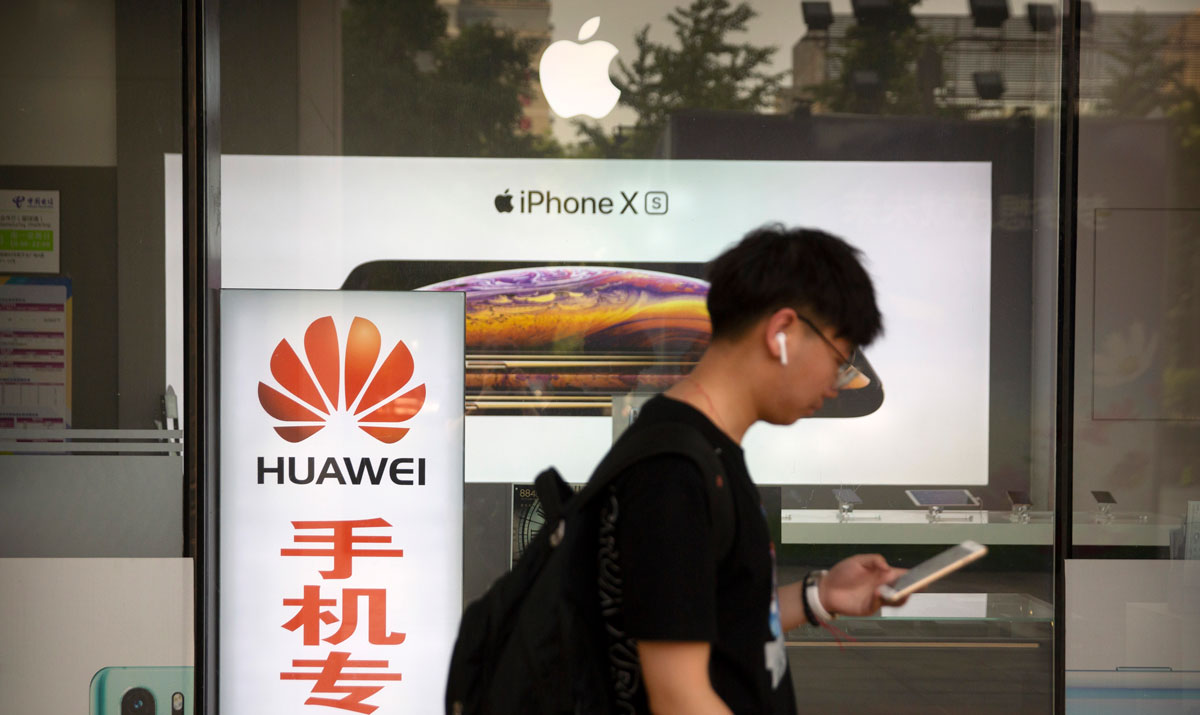The ongoing Huawei saga, explained in brief

If you’re feeling bewildered trying to keep up with the never-ending references to Huawei in the news, you’re not alone. Fear not—here’s a handy time line of everything that has happened so far this week. And remember, however bad your week has been, it probably hasn’t been as bad as Huawei’s.
(If you still want to learn more about how we got to this point, there’s a handy explainer on the wider context here. And here’s our own explainer of 5G and Huawei’s connection: “The real reason America is scared of Huawei: internet-connected everything.”
1. This week’s furor kicked off with the US’s announcement last Thursday that it had added Huawei to the “Entity List,” a blacklist of companies subject to export restrictions. The Justice Department claimed that Huawei has broken sanctions on Iran, among other things.
2. On Monday, Google announced it had blocked Huawei from using Android in any new phones. Huawei is the second biggest smartphone maker in the world. This would stop it from being able to embed Maps, Gmail, or YouTube in any of its new handsets.
3. Chipmakers Intel, Qualcomm, Xilinx, and Broadcom also said they would not sell components to Huawei.
4. On Tuesday the US said it would temporarily ease these restrictions, but they’ll still kick in from August. Huawei’s founder shot back that the US “underestimates” Huawei.
5. On Wednesday, UK chip designer ARM said it would have to sever ties with Huawei. This could be a far more serious blow than Google’s announcement, as Huawei's chips rely heavily on ARM’s designs. Two British carriers also said they would not offer Huawei phones to future 5G customers.
6. Latest: it looks as if Huawei could have enough inventory to weather the blacklist for months. And Trump sees it as a pawn in trying to achieve a trade deal with China. Even though Huawei is “very dangerous” in unspecified ways. All make sense?
Deep Dive
Computing
How ASML took over the chipmaking chessboard
MIT Technology Review sat down with outgoing CTO Martin van den Brink to talk about the company’s rise to dominance and the life and death of Moore’s Law.
How Wi-Fi sensing became usable tech
After a decade of obscurity, the technology is being used to track people’s movements.
Why it’s so hard for China’s chip industry to become self-sufficient
Chip companies from the US and China are developing new materials to reduce reliance on a Japanese monopoly. It won’t be easy.
Stay connected
Get the latest updates from
MIT Technology Review
Discover special offers, top stories, upcoming events, and more.